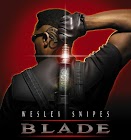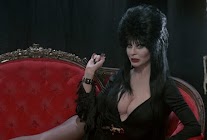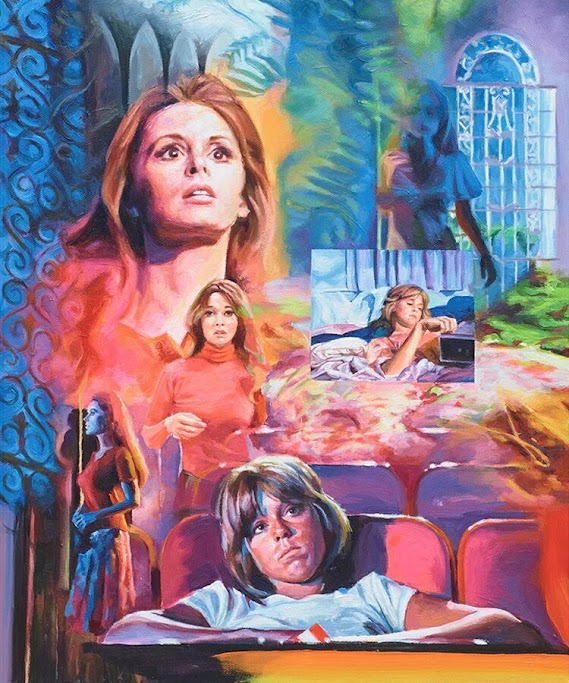"Rome" was a television series that was originally broadcast from 2005 to
2007. If you read about it online, some sites say it was American (made by HBO),
whereas others say it was English (made by BBC). The truth is that the BBC
conceived the series and wanted to make it, but they didn't have enough money,
so HBO invested in it. In other words, the BBC had creative control, while
HBO handled the finances.
At the time it was the most expensive series that had ever been made.
Since then it's been surpassed by "Game of Thrones". I mean it was the most expensive
series measured by the cost per episode. The most expensive series measured by
the total cost is Germany's "Tatort", which has cost over 2.5 billion dollars
since it began in 1970. So far 1281 episodes of "Tatort" have been broadcast
at the rate of 30 episodes a year. Each episode costs between two million and
fourteen Euros.
I intend to write a short review of each episode. By doing this I'm taking a
risk. My blog is in a mess. My long term readers must be aware that I've
abandoned four projects without completion, so isn't it foolish to start a
fifth?
The projects are:
1. Smallville (60 posts from August 2022 to January 2024)
2. Masha and the Bear (33 posts from August 2022 to December 2023)
3. WWF (28 posts from February 2022 to January 2024)
4. Marvel Bronze Age (88 posts from November 2022 to April 2023)
I like to blame the problems on the 10-week visit of my daughter from June to
August this year, but if you look at the dates you can see that my projects
were abandoned earlier. Now I have to decide: should I just forget about the
projects or revive them? I'll order them by priority.
WWF is my top priority, and I'll restart the posts as soon as possible.
Smallville comes in second place. I'll fit the posts in when I have time.
Masha and the Bear comes in third place. I'll also try to make time.
I'm officially abandoning my Marvel Bronze Age reviews. I should have stopped
at the end of the Steve Engelhart and Jim Starlin stories in March 2023. I
even feel tempted to remove the following 21 Daredevil posts.
There's another problem looming on the horizon. My Google storage space is
running out. For most people it's only a matter of taking too many photos,
which can easily be remedied. I have the problem that every image I upload to my
blog counts against my storage space. So far I'm using 10.1 GB. That's the sum
of my pictures in the last 14 years. So I'll reach the 15 GB limit in the next
six to seven years? Probably sooner, and I shouldn't wait until the last
moment. Maybe I should stop posting in this blog and start a new blog with a new
Google account. I'll have to decide in the next couple of years.
But for now I want to start reviewing "Rome". It's something I've wanted to do
for a long time. It's a relatively small project, with only 22 episodes. I
intend to do it quickly, within three months. Let's see if I can keep to that
goal.
Roman history has fascinated me ever since I was at school. When I learnt
Latin, I also had to learn about Roman history, from the founding of Rome (753
BC) to the fall of the Roman Empire (476 AD). Actually we didn't get up to 476
AD, we stopped at Nero's death in 68 AD and just did a brief overview
of the following years. The series "Rome" deals with the years 52 BC to 30 BC.
It was originally planned to make five seasons, but the series was cancelled
after the second season because it was costing too much money. I wonder how
far they would have got.
The series takes great pains to be historically accurate, while adding enough
extra details to make it more interesting than a history lesson. The main
characters are all taken from history, but the story is told through the eyes
of two Roman soldiers, Titus Pullo and Lucius Vorenus, shown at the top of
this post. Lucius is a centurion, and Titus is a soldier under his command.
They're different ranks, so they're initially in a formal relationship with
one another, but when they're discharged from the army they become friends.
They're actually two soldiers who were named briefly in one of Caesar's books,
but everything that they do in the series is fictional. They're two common men
caught up in the whirlwind of history
52 BC was the last year of Julius Caesar's war against Gaul. The episode's
opening battle shows the final subjugation of Gaul after the Romans had
slaughtered over a million people. Rome has been a republic for the last 400
years, with a senate chosen by the people in a primitive form of democracy.
The constitution of the republic included two magistrates, usually called
consuls, who presided over the senate. I need to read up on this, I've
forgotten a lot since I was at school. In 52 BC there were two consuls, Gnaeus
Pompey and Julius Caesar. Pompey remained in Rome while Caesar was away
at war. That's where the first episode begins.
Caesar and Pompey are friends, but they mistrust one another. Their friendship
has been sealed by Caesar giving his only daughter to Pompey as a wife. She
dies in childbirth, so Caesar writes to his niece Atia to ask her to find a
replacement wife out of his family. Atia chooses her daughter Octavia. The
only problem is that Octavia is already married, so she has to get divorced
the following day.
A horse trader called Timon has a magnificent white horse that he intends to
sell to Pompey. After having sex with Atia he gives it to her instead. Men are
like that. She tells her 11-year-old son Octavian to ride the horse to Gaul to
give it to Caesar as a gift. On the way there's an ambush. Most of the men in
the party are killed, but Octavian is taken prisoner.
The eagle standard of Caesar is stolen. Mark Antony orders Lucius to find it.
Lucius tortures many Gallic tribesmen until one of them tells him that the
Blue Spaniard tribe stole it. Lucius takes Titus with him to search for the
eagle. They see the gang holding Romans as prisoners and they free Octavian. A
man recognisable as a slave of Pompey is in the gang, carrying the eagle
standard. It's not clear to me whether the thieves really were Blue Spaniards
or Pompey's men in disguise. (Please reply in the comment box if you have an
opinion).
Pompey betrays Caesar by spurning Octavia and marrying an older woman. Caesar
is angered by the various actions of Pompey and threatens to take his army to
Rome.
Today is the first time I've watched this episode since 2006. I was so excited
this evening that I watched it twice before beginning to write about it.
















































